In the previous tutorial, we have discussed the list of Material Testing Methods, and in this tutorial, we are going to discuss how to conduct the Impact Test.
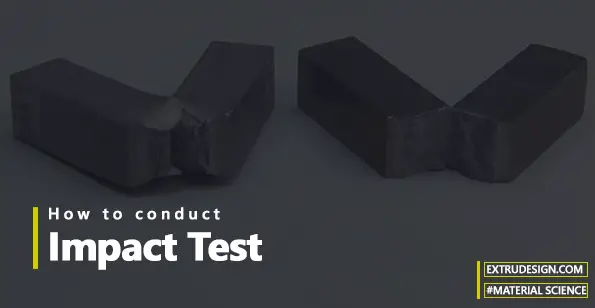
The behaviour of the material under dynamic loading is entirely different from the behaviour of the material under the static loading.
The material may have high strengths but when it comes to dynamic loading (impact loads or the shock loads), they may not be suitable and they eventually fail.
The capacity of the material to withstand the shock load or the impact loads are known as the impact strength. So static testing is not suitable to determine the Impact strength of the material. so we have to proceed with the Dynamic load testing.
Impact Test
In engineering, Impact test is mostly used to determine the impact strength, toughness and the notch sensitivity of the material. A specimen with a notch used in Impact testing. There are two different types of Impact tests, they are
- Charpy Impact Test
- Izod Impact Test
In both of these two tests, a pendulum type impact testing machine is used as shown in the below figure.
The name of the parts are
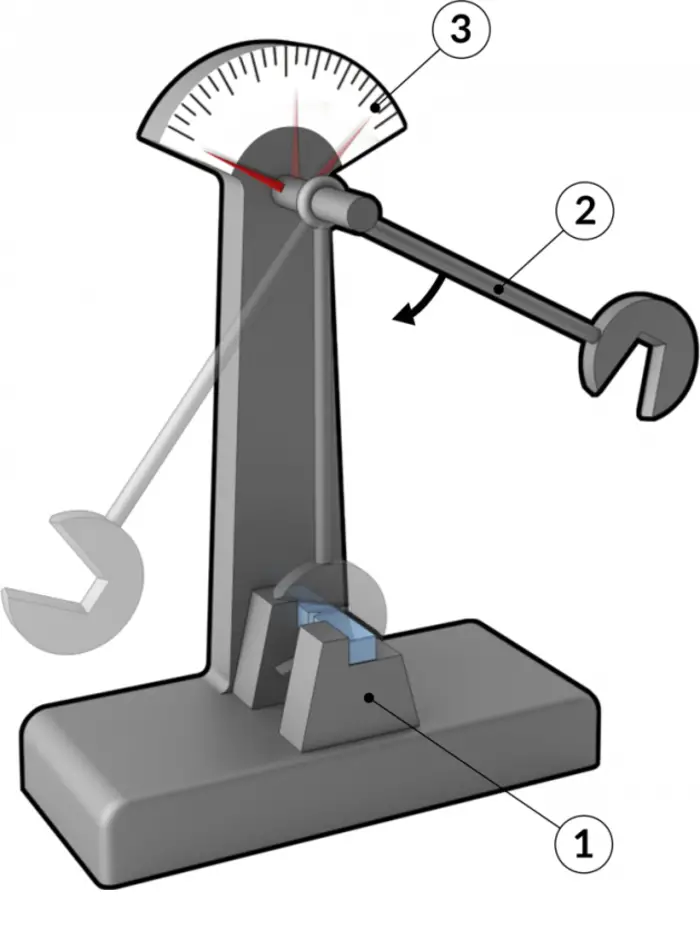
- Anvil
- Pendulum (Hammer)
- Pointer and scale
- Before going to test the specimen, we have to swing the pendulum (Hammer) to set the scale to zero and check any errors in the machine.
- The given specimen with a notch will be placed in the anvil and the pendulum will be lifted and take the reading (Height of the Pendulum at this position is noted as h1)
- Now loosen the pendulum to blow the specimen, then it will break the specimen and goes to some height after breaking, take the reading at this point on the scale and the points.
- Don’t worry the pointers will show the reading at the extreme value. And it will not swing with the pendulum until reset the pointer manually. (the height of the pendulum will be noted as the h2)
How to calculate the Impact strengths in Impact Test?
Impact strength = Energy required to break the specimen/ Cross section area at the notch
The weight of the pendulum is W.
The potential energy is (E) = m.g.h
The initial energy is(E) = W(h2-h1) (∴ W = m.g)
Now we have to consider the friction losses at the pendulum pivot joint and few other places.
Energy losses are (Ef)
The actual energy required to break the specimen is (Ea) = E – Ef
Impact strength = W(h2-h1)/A
Where frictional energy losses may be computed, small amounts will be neglected in commercial testing.
Charpy Impact Test
In the Charpy Impact test, the notched specimen is supported as a simply supported beam in the Impact testing machine as shown in the below figure.
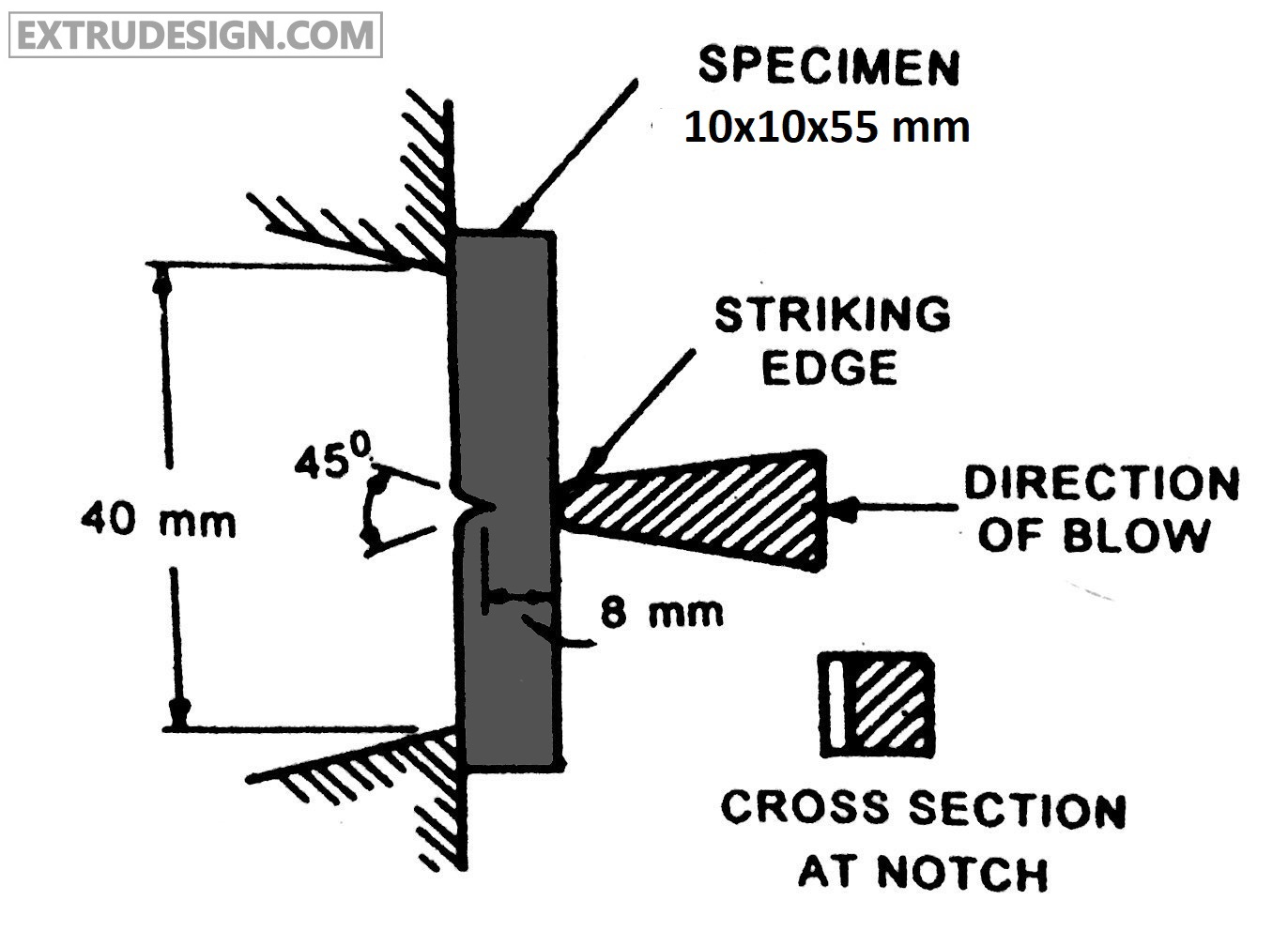
Izod Impact Test
In the Izod Impact Testing, the testing Specimen will be held in the vice as a cantilever form in the testing machine. See the diagram below.
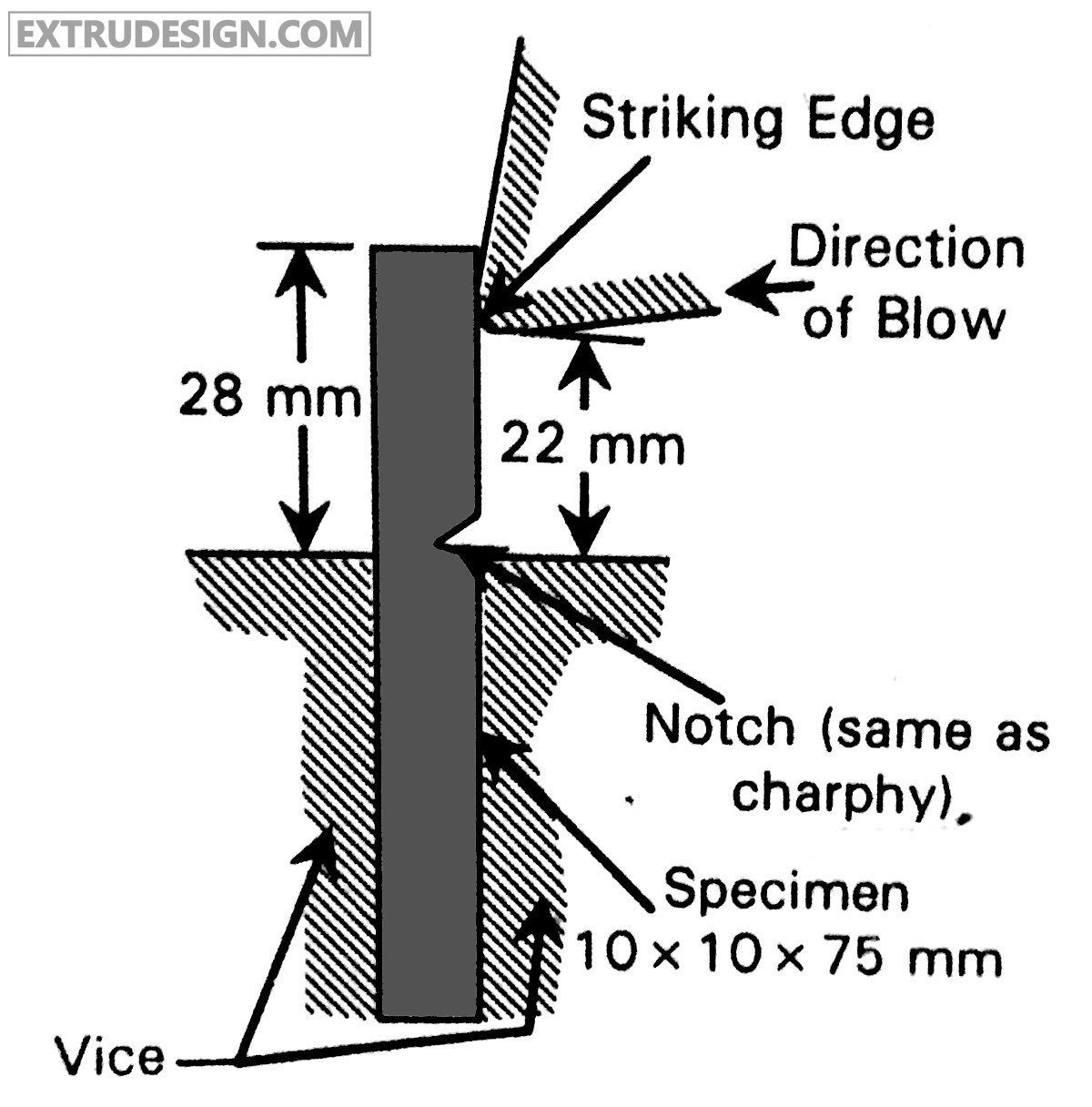
Conclusion
We have discussed how the dynamic loading gives the behaviour of the material and to determine the impact strength of the material. and also discussed how to conduct the impact test and types Charpy impact test and the Izod Impact Test. and calculation for the impact strength. Please leave your thoughts in the comment section below.
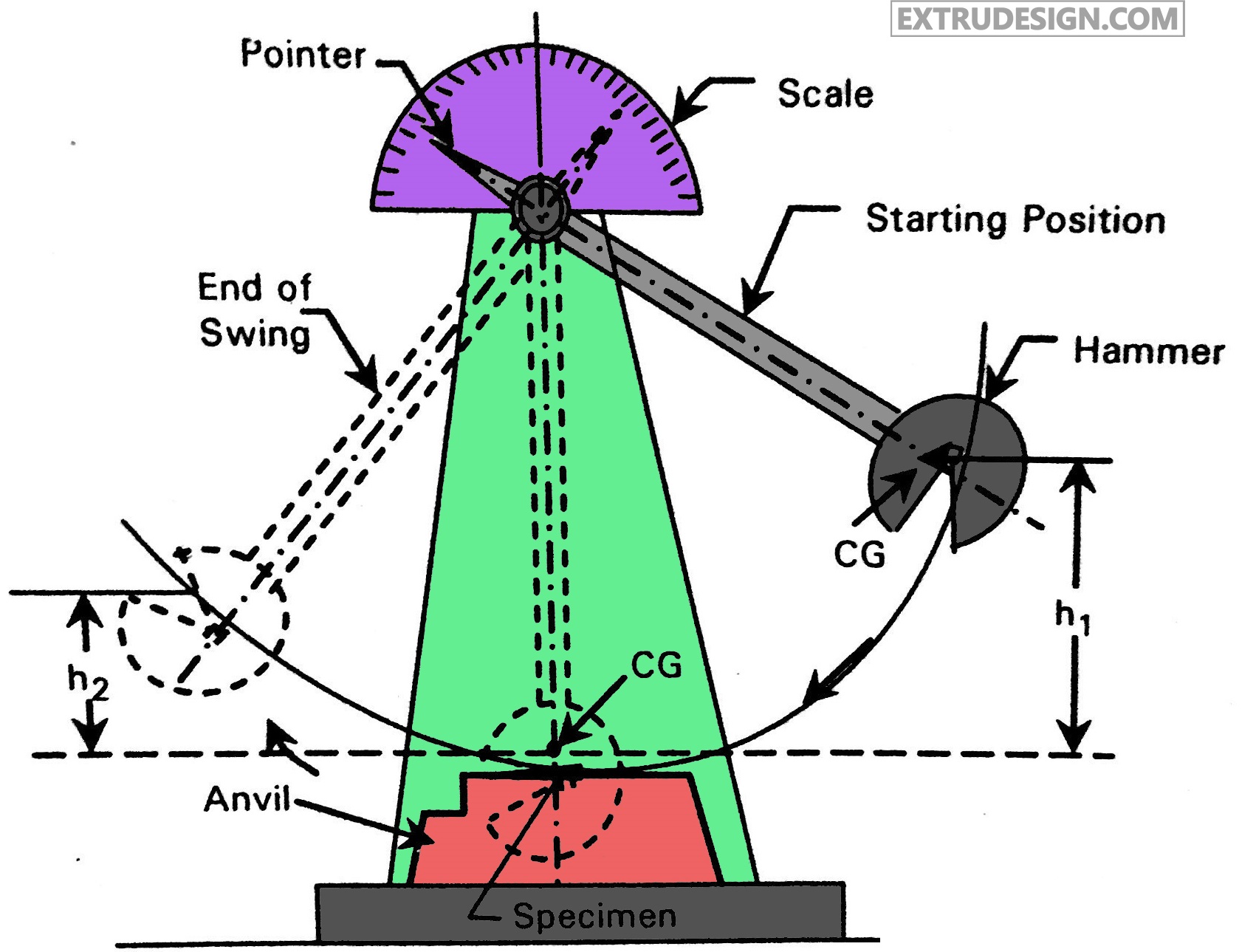

Good information about determining the impact strength of the material. It would benefit the construction industry. Great work!